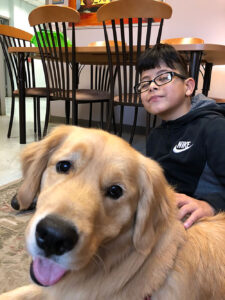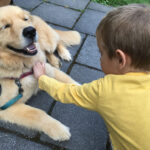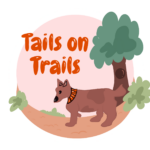What do therapy dogs do for children and young adults with autism, depression and anxiety?

- A therapy dog builds a child’s self-confidence.
- A therapy dog improves a child’s social skills by facilitating personal interactions.
- A therapy dog helps reduce a child’s challenging behavior.
- A therapy dog is an exercise buddy for a child.
- A therapy dog improves a child’s communication skills.
- A therapy dog calms a child.
- A therapy dog reduces a child’s repetitive behavior.
- A therapy dog stops a child from wandering.
- A therapy dog eases transitions for a child.
- A therapy dog helps children with weak motor skills. Grooming, petting and brushing a dog exercise bilateral coordination and strengthen wrists and hand muscles.
- A therapy dog is a child’s forever friend.
- A therapy dog improves a child’s sensory processing skills because, when feeding, a child will touch a dog’s wet mouth.
- A therapy dog helps parents feel more comfortable and happier supporting a child’s needs.





